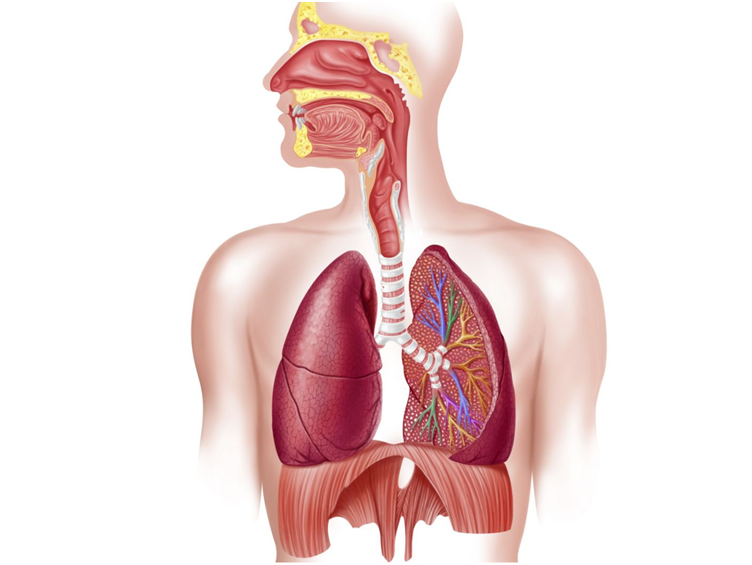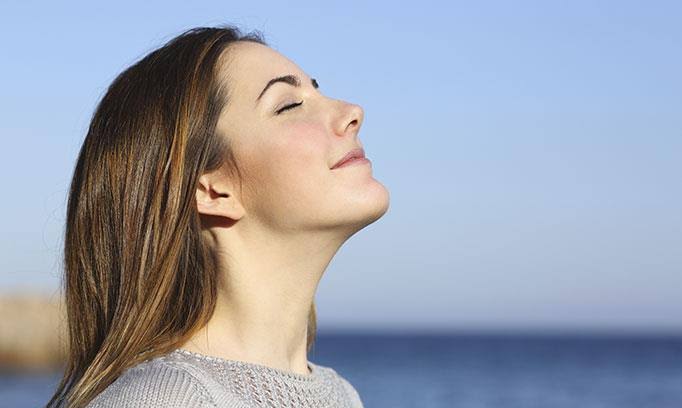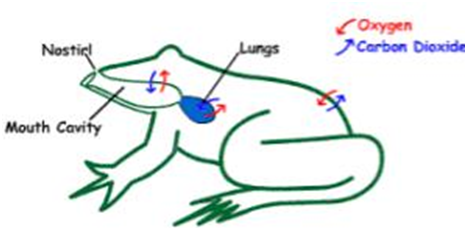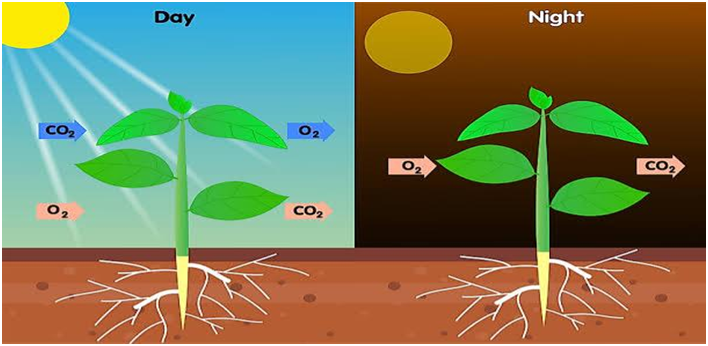Why Do We Respire?
Chapter 10: Respiration in Organisms

Cellular respiration takes place in the cells of all organisms. In the cell, the food (glucose) is broken down into carbon dioxide and water using oxygen. When breakdown of glucose occurs with the use of oxygen it is called aerobic respiration. Food can also be broken down, without using oxygen.
Why do we respire ?
We respire to use the oxygen, to oxidise our food and release energy. This is similar like burning but a slower process. It also needs respiratory enzymes .The job of your lungs is to provide your body with oxygen and to get rid of the waste gas, carbon dioxide. Your brain constantly gets signals from your body which detect the amount of oxygen and carbon dioxide in your blood.
Breathing
Breathing

Breathing (or ventilation) is the process of moving air into and from the lungs to facilitate gas exchange with the internal environment, mostly to flush out carbon dioxide and bring in oxygen.The breathing of all vertebrates with lungs consists of repetitive cycles of inhalation and exhalation through a highly branched system of tubes or airways which lead from the nose to the alveoli.[3] The number of respiratory cycles per minute is the breathing or respiratory rate, and is one of the four primary vital signs of life. Under normal conditions the breathing depth and rate is automatically, and unconsciously, controlled by several homeostatic mechanisms which keep the partial pressures of carbon dioxide and oxygen in the arterial blood constant.
How Do We Breathe?
How do we breathe?
The diaphragm is pulled flat, pushing out the lower ribcage and abdomen. At the same time, the muscles between your ribs pull your rib cage up and out. This expands the chest and draws air into the lungs. Air is pulled into your nose or mouth, and into your windpipe.
What Do We Breathe Out?
What do we breathe out ?
The role of the respiratory system is to breathe in oxygen and breathe out carbon dioxide. This is known as respiration. The cells of the body use oxygen to perform functions that keep us alive. The waste product created by the cells once they have performed these functions is carbon dioxide.
Breathing in Other Animals
Breathing in other animals

Breathing in Other Animals. Just like human beings, animals also breathe. Breathing is the process of inhaling oxygen and exhaling carbon dioxide. Few organisms have lungs in their chest cavity which helps them to breathe.
Animals intake oxygen and release carbon dioxide. It is also known as breathing. This is mainly two phases.
Inspiration: It is the process by means of which oxygen is taken to the lungs.
Expiration: During expiration, carbon dioxide is expelled out from the respiratory organs into the environment.
Breathing Under Water
Breathing under water
The fishes breathe by taking in water through its mouth and sending it over the gills. The oxygen dissolved in the water is extracted by the gills and the extracted oxygen is absorbed by the blood. This oxygen is then carried to all the parts of fishes for respiration.
Do Plants Also Respire?
Do Plants also respire ?
Plants respire all the time, whether it is dark or light. However, they only photosynthesise when they are in the light. The table shows the difference between photosynthesis and respiration at different times of the day. Photosynthesis and respiration in plants during the day.


 Param Publication
Param Publication
 Grow Career Publication
Grow Career Publication
